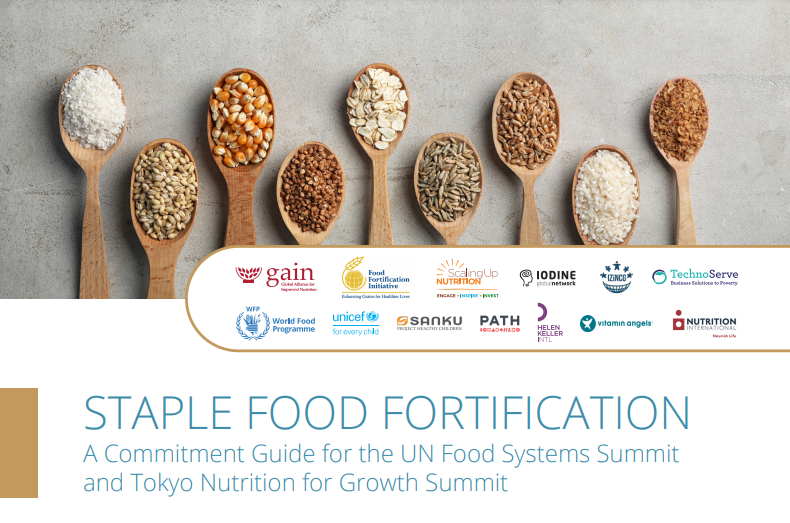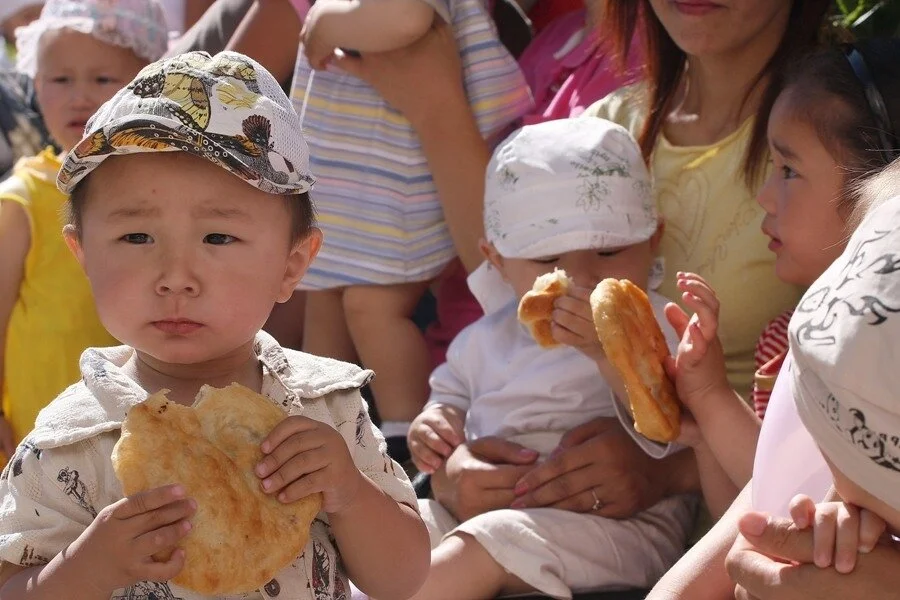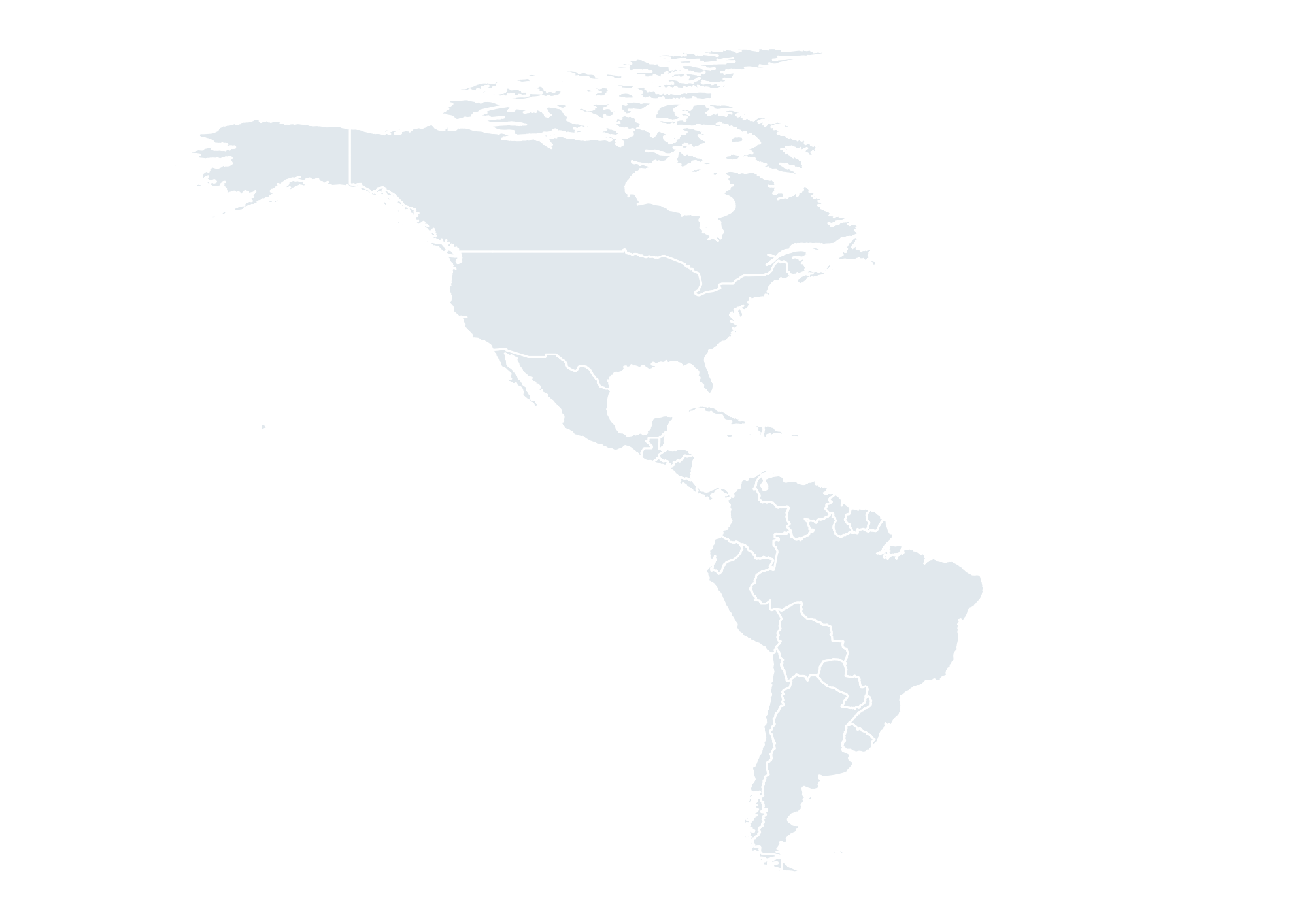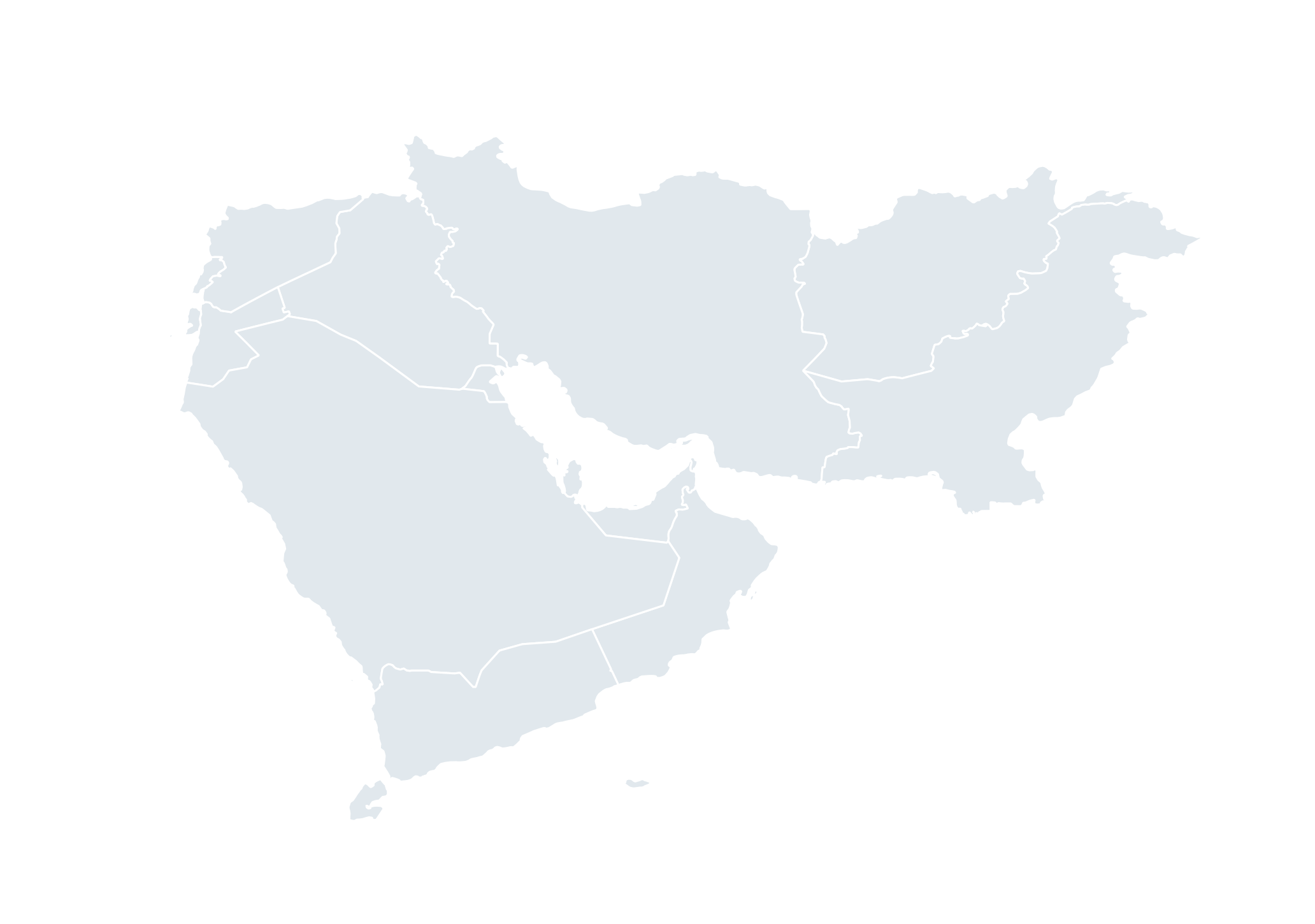Asia-Pacific
Photo: iStock
FFI supports 10 countries in Asia and the Pacific based on their unique needs and the current status of their national fortification efforts. Upon a host country’s request, we work with partners to strengthen and improve an existing national fortification program. For more information on the unique data-driven approach that FFI uses to prioritize country assistance and support in the region, see our Asia-Pacific regional strategy.
FFI in Action
FFI has championed rice fortification in the Solomon Islands since 2015. Working closely with the Solomon Islands Government, we assessed the country’s burden of micronutrient deficiencies to support evidence-based decision-making, provided compliance workshops and technical guidance for importers and assisted the government in drafting legislation.
Our Impact
With strong support from FFI, importers and the government, the Solomon Islands adopted new mandatory rice fortification standards in June 2019. Currently, rice fortification in the Solomon Islands costs less than 1% more than the retail price of unfortified rice and will ensure nearly 600,000 people receive the micronutrients they need. Solomon Islands is one of only seven countries with mandatory rice fortification.
Our Goal
Reach 1.4 billion people with fortified wheat flour and rice over the next 5 years
Photo: iStock
Region Profile
Asia
Wheat flour consumption is increasing in this region as consumption of breads and noodles—particularly instant noodles—increases. This is causing more countries in Asia to consider mandatory wheat flour fortification programs. See the Global Fortification Data Exchange (GFDx) in English or in Spanish (en español) for information on when the country’s legislation was passed and whether the country also fortifies cooking oil and salt.
Mongolia, for example, is working toward finalizing and implementing a food fortification law. In Sri Lanka, we are working with the government and other partners to support the creation of legislation for mandatory wheat flour fortification standards.
We are often asked if fortified wheat flour can be used in the Asia region without affecting the taste and appearance of commonly consumed foods. To answer that question, in 2011 a series of tests was conducted on 15 kinds of noodles and breads commonly eaten in Asia, such as steamed buns and instant noodles. The foods were made with flour fortified with at least iron, folic acid, and vitamin B12 at levels recommended by the World Health Organization. Some flour was also fortified with vitamin A, thiamine, riboflavin and zinc. The results show that:
Fortified foods were acceptable in all cases
Several iron compounds could be used successfully in these foods
Nutrients appear to be retained throughout the food preparation process
Rice remains the primary staple food in most countries here. The first step in rice fortification is an analyses of the country's rice milling industries to determine if fortification is feasible.
Currently fortified rice is provided in social safety net programs in Bangladesh, Bhutan, Malaysia, and Nepal. It is available in retail markets through a voluntary, market-based approach in Bangladesh and Myanmar. Some workplace benefit programs offer fortified rice in Bangladesh and Singapore. See more on rice fortification.
Pacific
Australia and Fiji have reported improvements in nutrient status among the population due to wheat flour fortification. In 2009, fortifying bread flour with folic acid was mandated in Australia. Since then, the following three studies have demonstrated an improved health impact from this program:
77% reduction in the prevalence of low serum folate levels
Birth defects of the brain and spine, called neural tube defects, fell by 14% among the entire population and by 75% among indigenous women
Homocysteine levels were significantly reduced among people older than 65 years
In Fiji, the prevalence of iron, folate and zinc deficiency significantly reduced after wheat flour was fortified, according to a 2010 report from the National Food and Nutrition Centre. The most change was in the prevalence of zinc deficiency which dropped from 39.3% before fortification to 0% after fortification. Also, anemia in women of child bearing age improved from 40.3% before fortification to 27.6% after fortification.
Both wheat flour and rice are important cereal grains in this region. Other than New Zealand and Australia, most countries import wheat and rice. A key difference is that wheat is usually milled domestically, while the imported rice is already milled. This difference has important implications for rice fortification. See this worksheet to help determine if requiring fortification of rice imports is feasible. See the Global Fortification Data Exchange (GFDx) in English or in Spanish (en español) for information on when the country’s legislation was passed and whether the country also fortifies cooking oil and salt.
Fuel and food prices, growing populations, and increasing urbanization are changing the diets of people throughout this region. These changing patterns very often result in vitamin and mineral deficiencies as less land is available for local production of fruits and vegetables. Fortifying staple foods has the potential to impact millions of people here.
Fortification Legislation Status
Click on any of the column headings to sort the list by country, wheat flour, maize flour, or rice.
Asia
Loading...
Pacific
Loading...
Our definition of legislative status:
Mandatory: Country has legislation that has the effect of mandating fortification of one or more types of wheat or maize flour or rice with at least iron or folic acid.
Voluntary: Country has standard for fortification, but fortification is not mandatory.
If the information we have is incorrect, please send updated information to info@ffinetwork.org





































